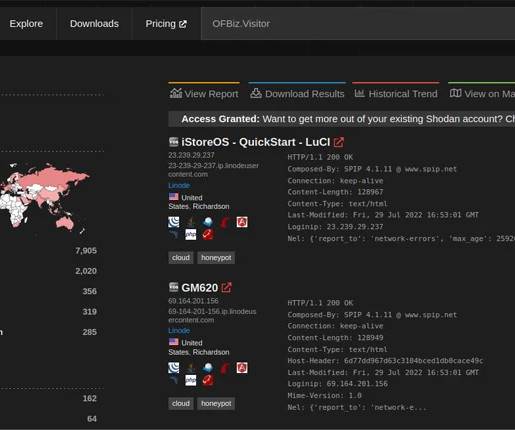Two Linux botnets already exploit Log4Shell flaw in Log4j
Security Affairs
DECEMBER 12, 2021
Immediately after the disclosure of the Log4Shell flaw in Log4j library threat actors started including the exploit code in Linux botnets. Researchers at NetLab 360 reported that their Anglerfish and Apacket honeypots were already hit by attacks attempting to trigger the Log4Shell flaw in the Log4j library.













Let's personalize your content